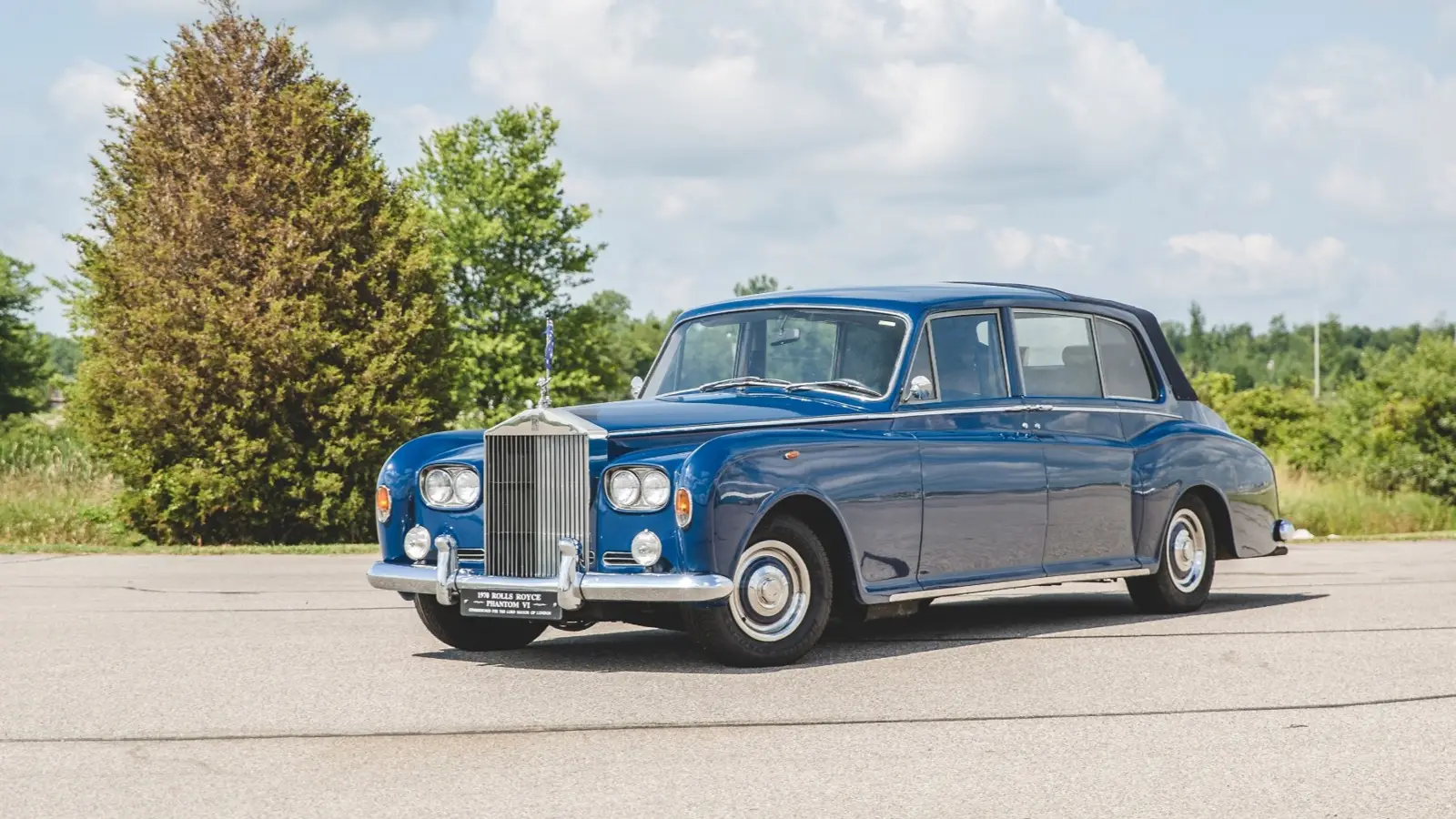News
Phantom celebrates a century of craftsmanship and individuality

Marking 100 years of Rolls-Royce Phantom, the brand revisits its bespoke legacy — from royal commissions to contemporary art collaborations — tracing how this icon has mirrored changing eras and cultural values.
Exactly one hundred years have passed since the first Rolls-Royce Phantom appeared in May 1925. In that time, the car has become far more than a symbol of luxury — it has evolved into a cultural mirror, reflecting the eras, values, and tastes of those who owned it. Each Phantom tells a story of individuality, shaped by the person who commissioned it, turning craftsmanship into a deeply personal expression.
From the very beginning, the Phantom stood apart. Early owners commissioned their bodies from Britain’s finest coachbuilders — Hooper, Park Ward, Barker. India’s Maharajas adorned their Phantoms with silver and copper to dazzle their audiences, while the British elite used the car for state occasions, where even the angle of a seat or curve of an armrest spoke of prestige. Over time, Phantom became both a vehicle and a sanctuary — a private world enclosed by curtains, partitions, and even secret compartments. For royalty and public figures alike, privacy was as essential as power.
By the mid-20th century, Phantom had turned into a refuge for fame. John Lennon’s tinted Phantom V, Otto Oppenheimer’s hidden diamond compartment — each story demonstrates the car’s ability to evolve with its times. Phantom bridged the gap between monarchy and modern celebrity, embodying discretion and sophistication in every generation.
Luxury itself transformed along the way. In the Art Deco 1920s, gold inlays and embroidered tapestries defined opulence. Decades later, understatement became the new refinement — “West of England” cloth and Queen Elizabeth II’s Light Grey and Baroda Blue hues replaced gilded exuberance. The Phantom began to whisper rather than shout, and in doing so, became even more eloquent.
With the dawn of the Goodwood era in 2003, the spirit of Bespoke entered a new chapter. Commissions like Serenity, Waterspeed, and Syntopia reimagined Phantom as a canvas for art — hand-painted silks, brushed steel decks, and sculpted interiors united craft and imagination. “The story of Phantom is a human story,” said Rolls-Royce CEO Chris Brownridge. Indeed, no other car chronicles cultural evolution so elegantly through the desires of its owners.
Now, in an age of technology and transition, Phantom continues to represent confidence and individuality. Its next chapter will likely be electric, yet its essence — the pursuit of Bespoke perfection — remains untouched. A century on, Phantom still defines what true luxury means: not wealth displayed, but life crafted deliberately, one detail at a time.
2025, Oct 09 07:58


